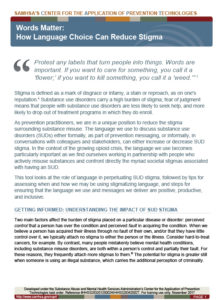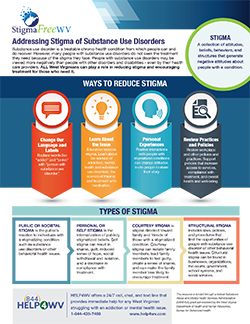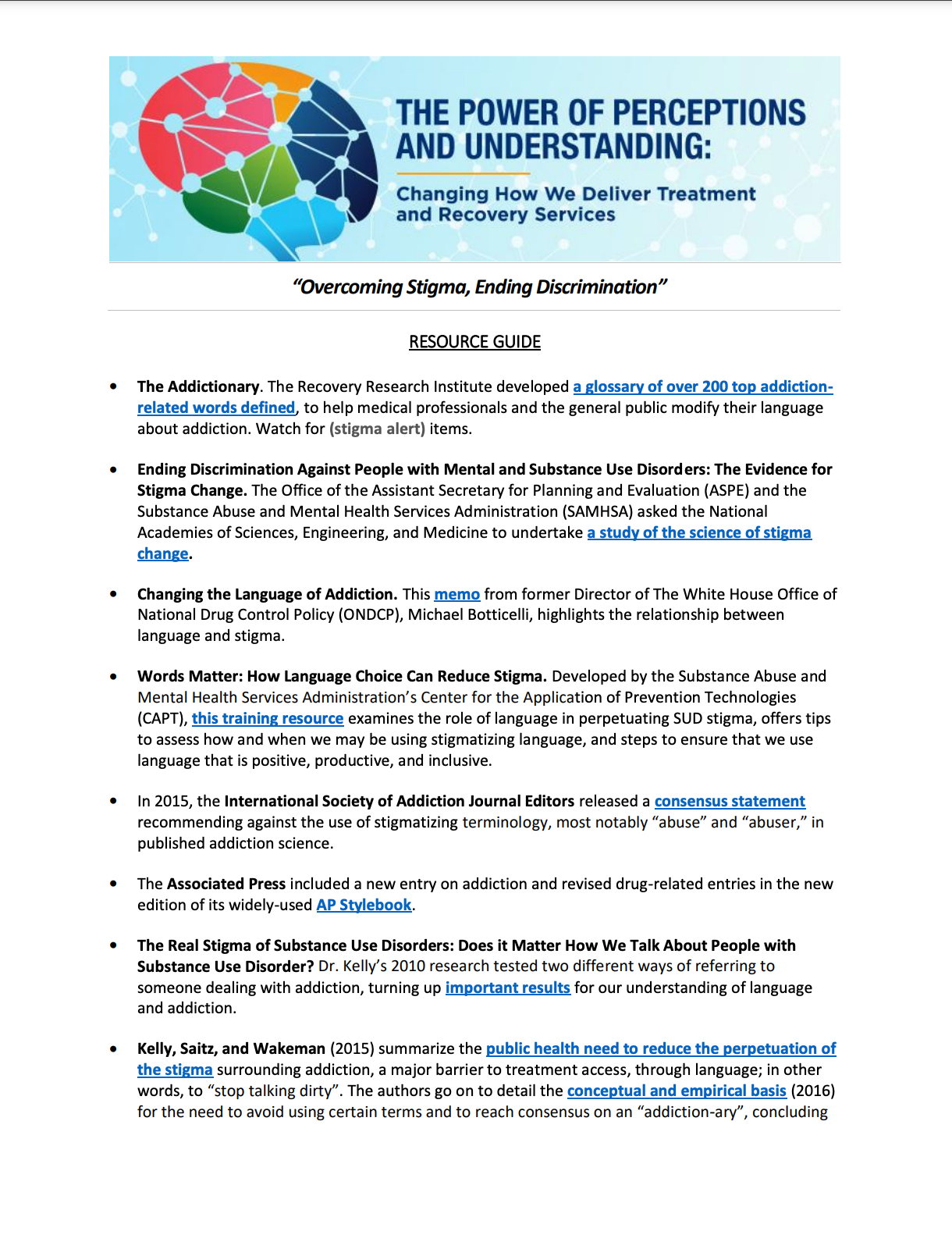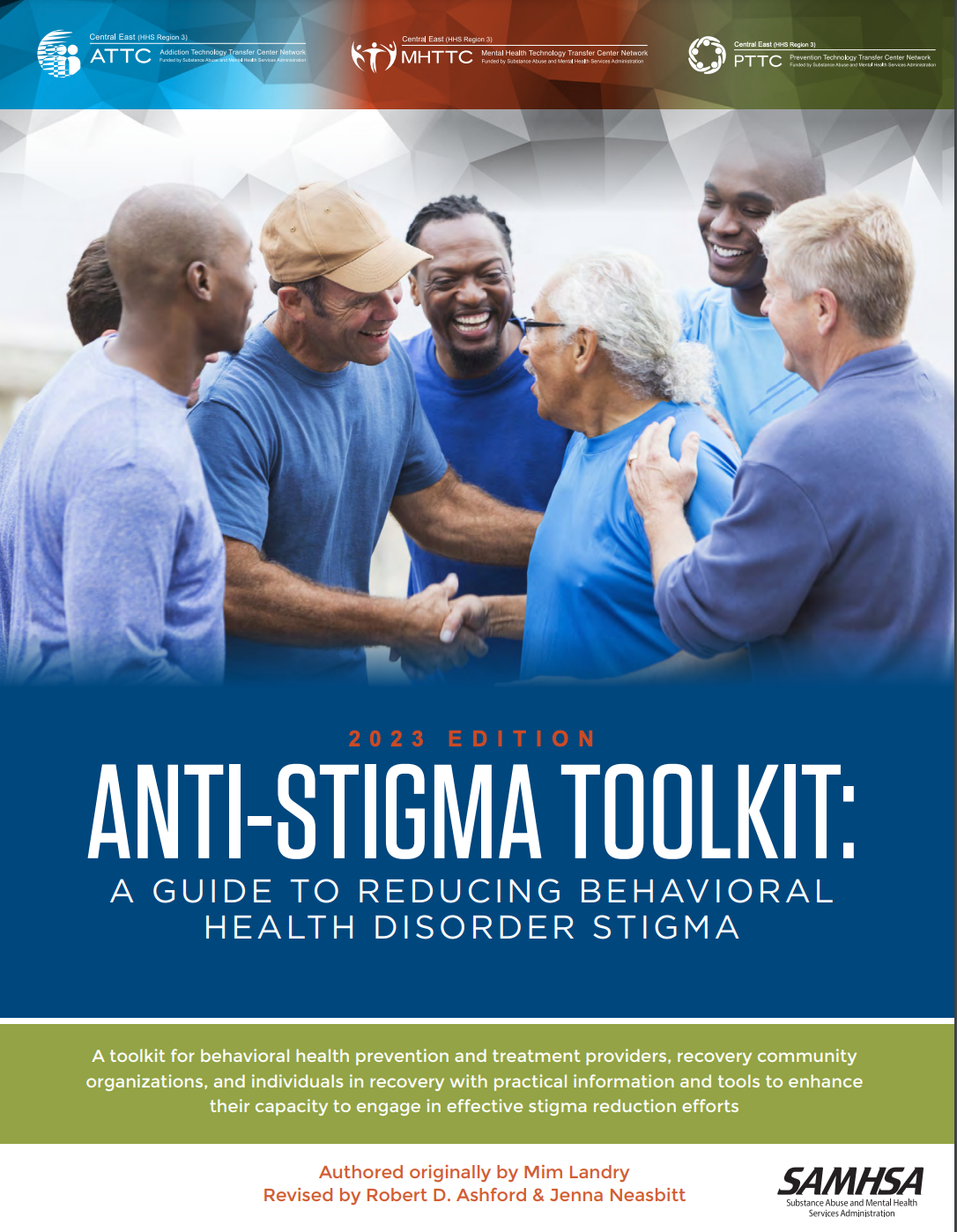Get Involved
Fighting Stigma in West Virginia
There are many actions we can take to help combat stigma in our state and support those who want to seek help.
- Listen with respect to individuals with behavioral health issues. Listen without judgment. Treat all people with dignity, respect, and compassion.
- Avoid using hurtful labels. Challenge your own assumptions and stereotypes. We all have them.
- Counter misinformation with evidence-based facts. Learn and share information about substance use disorders with friends, family, and coworkers. Addiction is a treatable disease. Prevention Works, Treatment Is Effective, PEOPLE DO RECOVER
- Speak out against stigma. Speak out online and in person. Consider sharing your story.
- Promote anti-stigma programs and policies in the workplace and community.
- Support harm reduction strategies in your community – such as needle exchange programs, naloxone training and distribution, and medication assisted therapy.
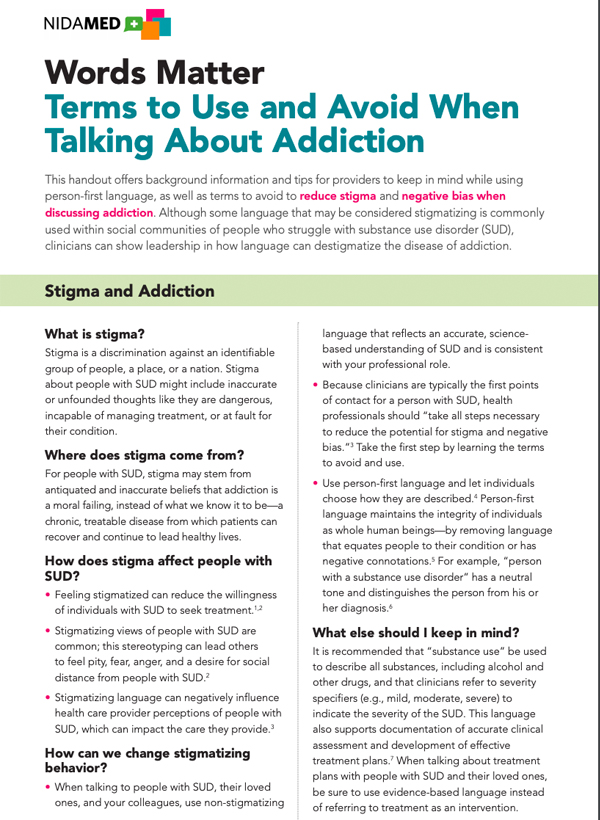 Words Matter: Terms to Use and Avoid When Talking About Addiction
Words Matter: Terms to Use and Avoid When Talking About Addiction
Source: National Institute on Drug Abuse
Health Care Providers
Many health care providers treat patients with substance use disorders differently and have lower expectations for health outcomes for those patients. People with substance use disorders who experience stigma are less likely to seek out treatment services. Health care providers play an important role to reduce the burden of stigma. Using language that supports pro-health activities, even if a person is actively using substances, can help decrease stigmas.
Source: Words Matter: How Language Choice Can Reduce Stigma
10 Tips for the Media:
- Use Comparable Medical Terminology Whenever Possible. Talk about substance use disorders and treatment in the same way you would other chronic medical conditions such as diabetes or cancer.
- Use Person-First Language. Put the person first, and the disease second – “a person with substance use disorder.”
- Avoid Using Stigmatizing Terms. Replace words like “clean/dirty” (in reference to drug screen results) with “positive or negative.”
- Share the Solutions that Exist. Many patients fully recover and go on to lead productive lives.
- Provide Details of Those Solutions. Share detailed accounts of how people are responding to effective evidence-based solutions.
- Humanize the Condition. Use language that humanizes and personalizes the condition, avoiding fear and blame tactics.
- Use Reliable Sources. Identify potential biases in source materials and provide a variety of voices.
- Communicate Information About the Many Different Pathways to Recovery. Everyone’s recovery may look different – there are many pathways to remission.
- Give the 30,000-foot View. Substance use disorder is a chronic disease and it can take years to recover.
- Be Respectful. Many families have experienced the loss of loved ones to substance use disorder. Be respectful in tone.

